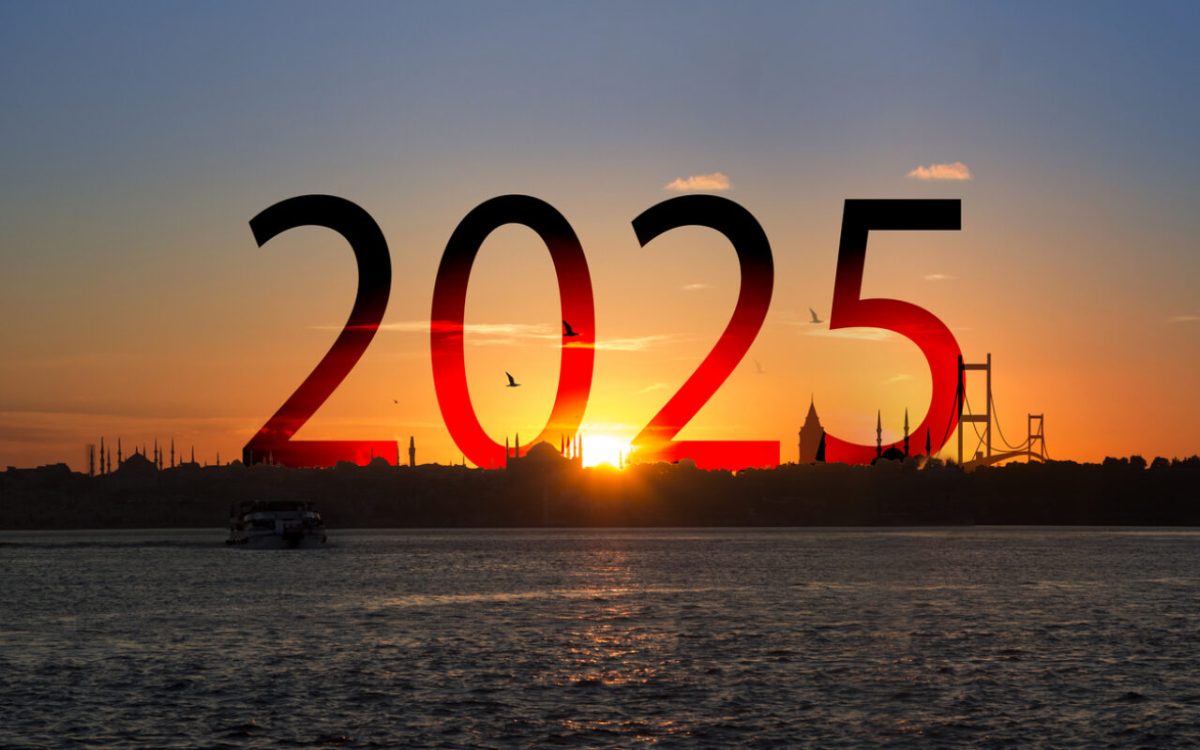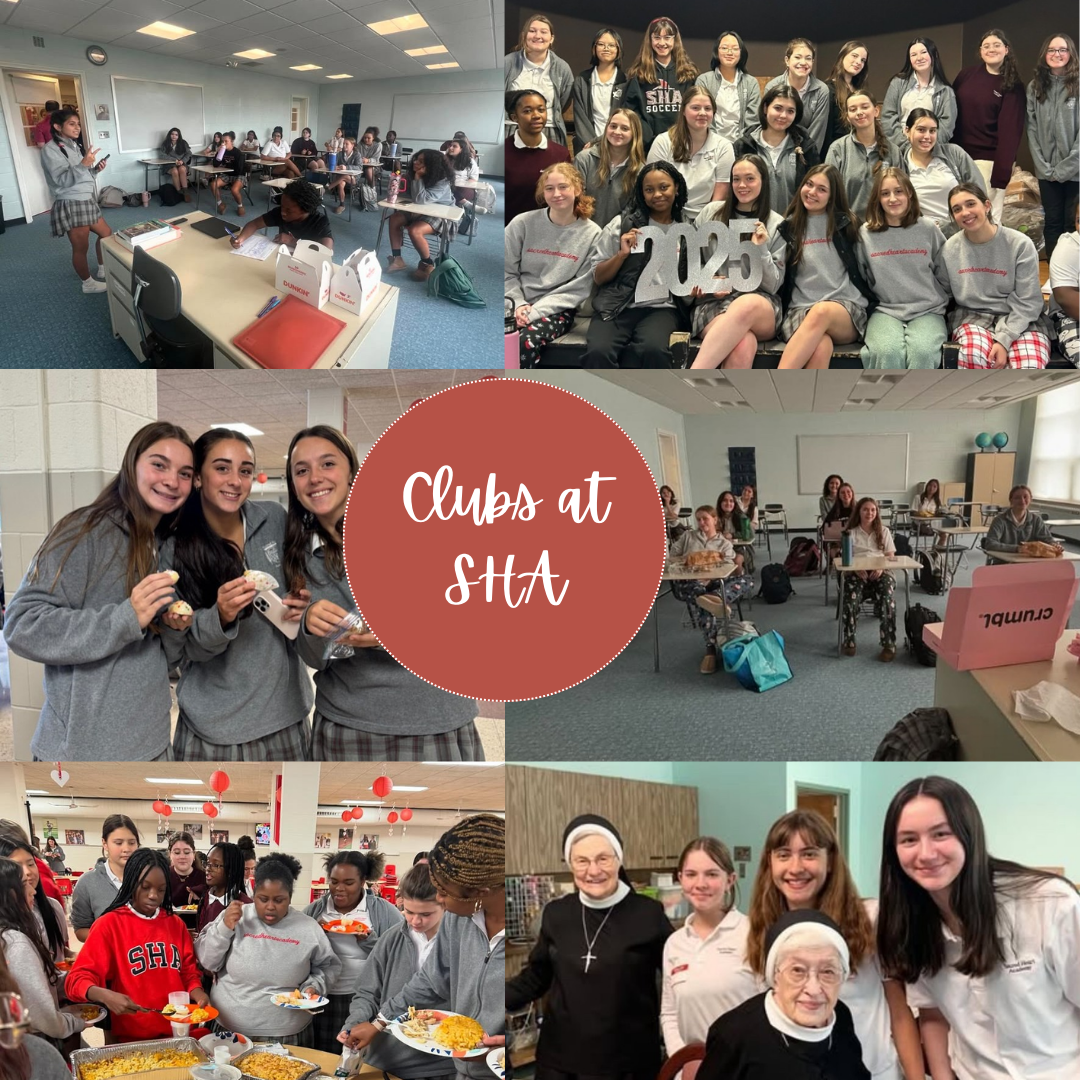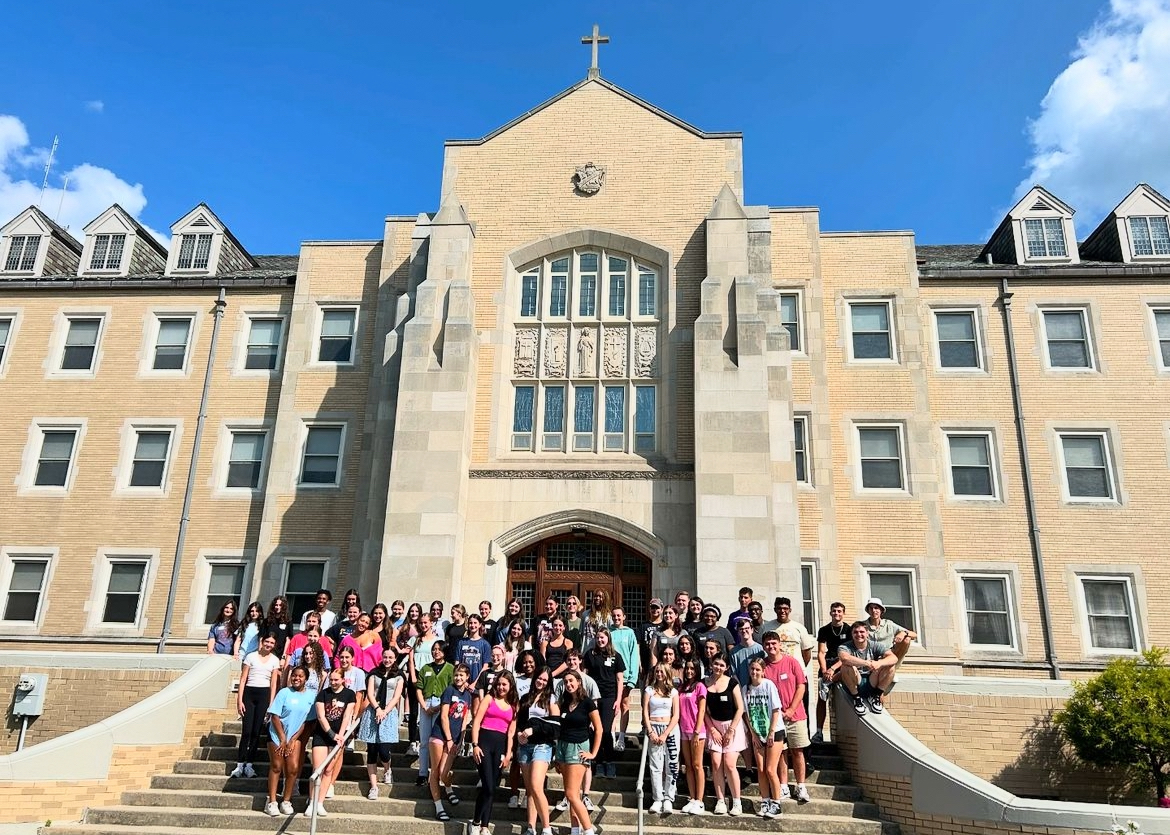الحرب والإعلام
(al-harab waliliam)
Media is a database that shows different shows, videos, and pictures to communicate with others. It made it accessible to others to share their opinions freely without having to be shut down by friends, families, or their own government. It can educate others on matters of different countries whether that includes religious, political, and race matters. It is a tool that is powerful but can be abused to make others perceive a certain image of a matter or person. It can make a group go against each other, turning into a war of perception and prejudiced thoughts. Not only can it be used as tool of hatred, but also it can help knowledge people and stand up for what they believe in. This essay is meant to bring an understanding of how media is used and be used for the good or bad, but also the propaganda and conflict of Israeli and Palestine that date backs to 75 years ago.
Media was not always electronic. In 1440 two inventors Johanes Gutenberg and Goldsmith both exiled from Germany; invented the printing press. This made news information spread quickly around the world. This would lead to presidents and citizens being able to communicate, making books accessible to educate others. Now you may be asking as to why I am writing about media when it is straightforward? Not necessarily. It been 22 years since 9/11 happened. Four planes were hijacked by a small Afrghastian group called al-Quada leading the four planes to crash into the two twin towers losing fathers, mothers, uncles, aunts, and grandparents, leaving families grieving for decades. After 9/11 happened people had the image that all Arab or Middle-Easterners were terrorists, that anybody with hijab or speaks a foreign language was dangerous, that they deserved less humanity than any race. But what they fail to realize is that Afghanistan’s are not Arabs or Middle Eastern. They are in central Asia. But with the lack of education and propaganda they formed one stereotype and chose a category for it. Joseph Boskin a professor of history and Afro-American studies at Boston University explains this ideology: “A stereotype is a standardized mental picture or series of pictures, representing an oversimplified opinion…. that is staggeringly tenacious in its hold over rational thinking.” People do not form this ideology unless introduced from childhood or adolescence. Young adults spend a fifth of their time waking up on their phones or watching television. By the time they reach adulthood they would spend 22,000 hours more than in a classroom says David Pearl, the chief of National Behavioral Science center.
Journalists have reported all the news that people know and have heard of. The way a journalist writes about a topic is important, it can influence a person’s certain way of thinking. This does not mean that it only goes to one person, but to people in government too. It becomes an important topic because if they are making policies based off what they read and not see then they are making rules on prejudice thoughts “The press is significantly more than purveyor of information and opinion. It may not be successful in telling people what to think, but it is stunningly successful in telling people what to think about.” Bernard Cohen in the Press of Foreign Policy. Journalists are more influenced than they thought “Opinion is in some vital measure constructed out of his own stereotypes, according to his own code, and the urgency of his own interest. He knows that he is seeing the world through subjective lenses.” Bernard Cohen says about how journalists can create an image for readers.
Tv is a visual picture that a person can see and watch. Whether what they watch is comedy, horror, politics, or cartoon shows. These visual images can lead to a one side story intended to create sympathy. Former secretary at State has stated that during Israeli invasion of Lebanon showing millions of pictures to the people in the U.S against Palestinians and Lebanon civilians also PLO terrorists and their allies. Tv Guides reviewed guided articles on Palestinian and Israeli in October 1981 from July 1980- April 1981 in 10 months showing that there were 38 reports of raids on Palestinian targets in south Lebanon. Showing only three out thirty-eight reports only showed the effects of the attacks on Israeli but did not show any Palestina victims being hurt. Only one side is being covered and the other is pushed away to convey those stereotypes. Which leads to the word “terrorist.” relating to Muslims. Patrica Karl, a specialist in Middle Eastern affairs says that the Baader-Meinhof ganged are not connected to “Christian terrorists.” Mark Twain that explains “The difference between the right word and the almost right word is the difference between lightning and the lightening bug.” It shows how one country can be considered as friendly, but other countries are considered as destructive, dangerous, and impotent something that the USA is still trying to figure out or be naïve about.
None the less Media should be covered with enough information looking through lenses from both sides and not just one. Showing the impact that can cause decades of trauma and war. Not only coverage, but that foreign affairs policy should not be made on perceptions on news but having more intel from the countries journalist covering information that they are told to cover.
For More information:
Farsakh, Leila. “The One-State Solution and the Israeli-Palestinian Conflict: Palestinian Challenges and Prospects.” Middle East Journal, vol. 65, no. 1, 2011, pp. 55–71. JSTOR, http://www.jstor.org/stable/23012093. Accessed 24 Oct. 2023.
- Jacqueline, and Tareq Y. Ismael. “The Arab Americans and the Middle East.” Middle East Journal, vol. 30, no. 3, 1976, pp. 390–405. JSTOR, http://www.jstor.org/stable/4325519. Accessed 24 Oct. 2023.
Shaheen, Jack G. “Media Coverage of the Middle East: Perception and Foreign Policy.” The Annals of the American Academy of Political and Social Science, vol. 482, 1985, pp. 160–75. JSTOR, http://www.jstor.org/stable/1046388. Accessed 24 Oct. 2023.







